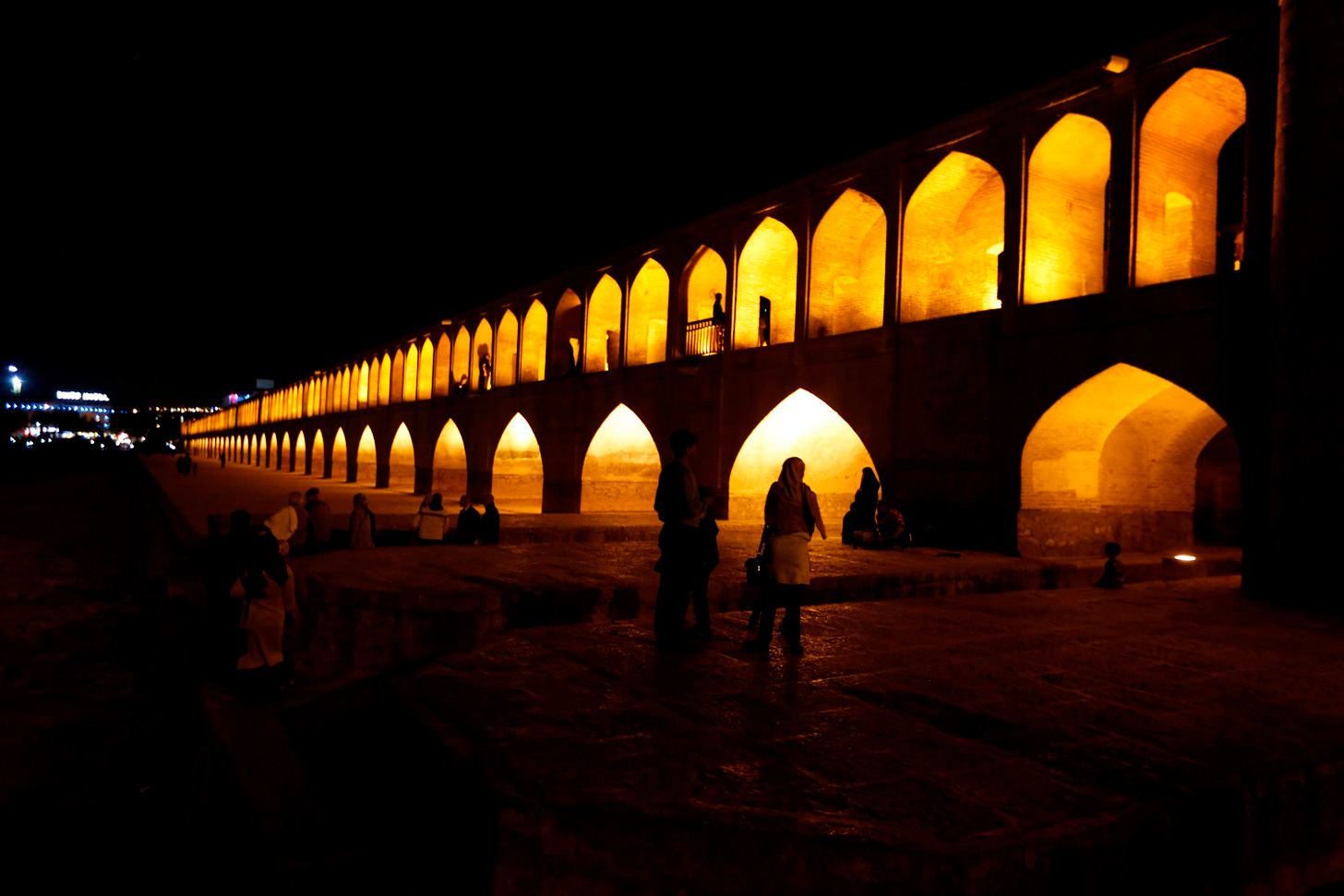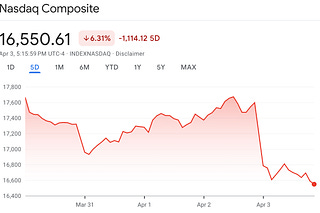Iran’s Self-Inflicted Water Crisis
Locking up environmentalists while the regime’s policies leave the rivers running dry.

Ebrahim Raisi, Iran’s new president, gave his first address before the United Nations General Assembly last month. His speech was transmitted via a live feed, as human rights sanctions complicated his travel plans to the United States. Buried amid the speech’s usual anti-U.S. banalities was a line about environmentalism worth dwelling on—a line in which Raisi cited the Quran to suggest that a characteristic of oppressors is destroying the environment.
By this standard, the regime he represents is the greatest of oppressors.
One of Iran’s most prominent environmentalist organizations was—notice the past tense—the Persian Wildlife Heritage Foundation. Founded in 2008, the organization took as its mission the protection of endangered species. Iran’s droughts, caused or exacerbated by government mismanagement, had been negatively affecting the wildlife, so the organization started focusing on them.
But in 2018, the organization ceased its operations. Its founder, Canadian-Iranian Kavous Seyed Emami, who had a Ph.D. in sociology from the University of Oregon, was arrested at his house. Fifteen days later, as Iranians like to joke, he “was committed suicide” in prison.
Niloufar Bayani is the most famous environmentalist prisoner in Iran who is still alive. Bayani holds a master’s degree in conservation biology from Columbia University and has worked as a consultant for the U.N. Environment Program. Upon returning to Iran, she joined the Persian Wildlife Heritage Foundation, which led to her arrest in 2019. The regime sentenced her to ten years in prison on bogus espionage charges. According to an open letter she wrote from prison, she has endured “mental tortures” by her guards, was threatened with physical and sexual violence, and was forced to verbally “complete their sexual fantasies.”
And at the time of Bayani’s arrest, who was Iran’s chief justice—a position that oversees prosecutions, passes sentencing, and controls the prison system? You guessed it: Raisi.
Seyed Emami and Bayani are hardly the only victims. Other environmentalists are also spending time in Iran’s brutal prisons for environmental activism.
Why has Iran been cracking down on environmental activism? Of course, the regime tends to reflexively silence criticism. More importantly, it is responsible for a serious environmental crisis in the country and does not want the Iranian people or international observers to understand the scale of the problem. One of the regime’s claims to success has been that “Iran’s dam industry is number one around the world,” referring to the number of dams built in Iran and built by Iranian engineers for other countries. But the dam construction comes with a cost: dried rivers and lakes, which have harmed citizens and the wildlife. Karun River, the only exclusively Iranian river with the capacity for large ships to sail in it, has turned into salt flats. The Zayandehrud was an iconic river in Esfehan, and the eleven historic bridges built on it, most famously the beautiful 400-year-old Si-o-seh-pol, were an international tourist attraction. It is now a soccer field for poor children. Lake Urmia, an endorheic salt lake in the minority-majority Urmia province, is now 90 percent dry and a salt flat, causing terminal diseases, including cancer, respiratory diseases, and skin issues.
Iran’s environmental crisis has created problems for the agricultural industry, too. Consider the Gotvand dam, which went into operation in 2011-12—against the warning of environmental experts—in the minority-majority Khuzestan province in the south. The dam reoriented the water over a salt dome and brought the salt to the Karun, which pours into the Persian Gulf. The mismanagement has led to salty water that has killed over a million palm trees, negatively affected the fishing industry, and made the fresh water needed for farming more scarce. This crisis provoked summer protests in the province, which the regime violently suppressed.
The growing environmental crisis has contributed to societal breakdowns as well. According to a member of the parliament, a woman in Sistan and Baluchistan, another minority-majority province, was forced to sleep with a man just to be able to supply her children with water. She later committed suicide out of embarrassment and shame.
The building of dams has a lot to do with nepotism and corruption. Too often, power brokers advocate for building dams to reorient water to their naturally dry communities. Construction companies, all connected with the Islamic Revolutionary Guard Corps, want dams so they can get favorable government contracts that will enrich both the companies and the IRGC. Their profits, however, come at the cost of the people, often ethnic minorities.
Raisi’s speech at the General Assembly was an attack on America as an oppressive force. But by his own Islamic standard, he needs a look in the mirror—as his regime has caused this problem, and he worsened it himself by overseeing the crackdown on dissenting voices.









